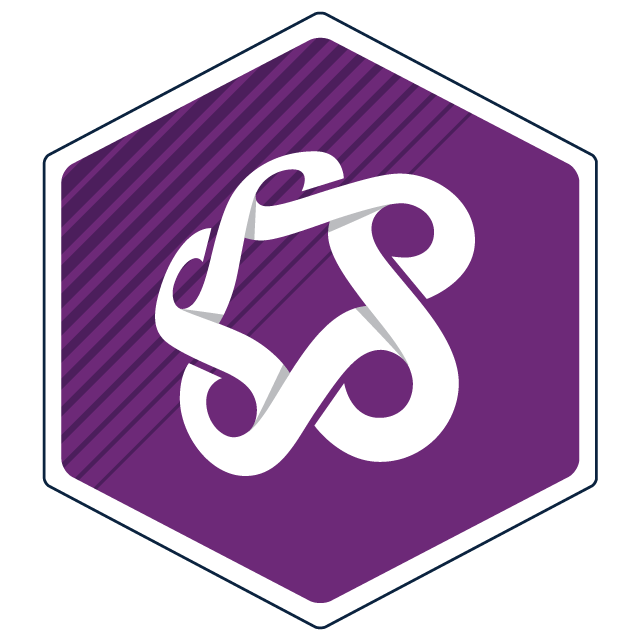Overview
AutoCAD III takes your AutoCAD skills to the next level by moving from two-dimensional drafting into the world of three-dimensional design. In this advanced and final course for the AutoCAD Certificate of Completion, you’ll learn how to create, modify, and present realistic 3D models using Autodesk AutoCAD, expanding your ability to visualize and communicate complex design ideas.
You’ll begin by exploring AutoCAD’s 3D workspace and user coordinate systems to understand how objects exist and move in three-dimensional space. Step by step, you’ll learn to construct solid and surface models from 2D geometry using extrusions, revolutions, and sweeps. As you progress, you’ll apply advanced editing techniques — such as filleting, chamfering, slicing, and shelling — to refine models and reveal internal details.
Beyond modeling, you’ll focus on producing professional-quality visualizations. You’ll create realistic renderings by applying materials, lighting, and visual styles, and you’ll learn how to use camera tools and animation features to present your designs effectively. The course also introduces methods for generating technical drawings from 3D models, including multi-view layouts, orthographic projections, and flattened 2D representations suitable for documentation and production.
Through hands-on assignments, you’ll develop confidence in managing 3D projects from concept to presentation. You’ll complete practical exercises that mirror industry workflows and a final portfolio project that highlights your ability to design, refine, and visualize a fully realized 3D model. Learning is delivered online in a self-paced format, with instructor feedback and guidance to help you strengthen both technical precision and creative problem-solving.
By the end of this micro-credential course, you’ll be able to use AutoCAD’s 3D modeling tools to create and modify solids and surfaces, render realistic views, and produce technical drawings that clearly communicate your design intent. These advanced skills prepare you for more complex design projects and enhance your professional readiness for roles in architecture, engineering, and manufacturing.
This course is ideal if you:
- want to advance from 2D drafting to 3D modeling and visualization
- work in or aspire to enter architecture, engineering, or manufacturing design
- are a designer or drafter who wants to expand your technical and creative capabilities
- need 3D modeling and rendering skills to communicate and present design concepts effectively.
You must complete CADD 113 - AutoCAD II before registering for this course.
Upon completion of this course, you will be able to:
- work within the AutoCAD 3D workspace and User Coordinate System (UCS) to view, create, and modify objects
- control the display of three-dimensional (3D) elements in an AutoCAD design file to view a drawing from many different perspectives
- create and modify solid primitives, composite solids, and mesh models to build 3D models
- modify 2D objects into surfaces and 3D solids to aid in visualization and design
- employ basic 3D shapes in building progressively complex solid designs
- establish a UCS using the UCS X, Y, and Z options, and save a UCS by name
- move and modify objects in 3D space using various tools and commands, for example, 3D Align, 3D Array
- edit components of solids using grips as well as solid editing tools, and place fillets and chamfers on solids to fine-tune the model and meet drawing requirements
- create a shell of a solid, imprint edges on a solid, slice a solid, and to show internal details more clearly, convert objects to surface and solids
- create and view sections, create perspectives using cameras, and use ShowMotion to create animations that can be used to present a model before it is built
- create visual styles, specify light sources, and render concepts to show a realistic finished design
- work with drawings from 3D models to create multiple viewports, 2D views from 3D solids, and technical drawings with Flatshot to provide accurate measurable information for engineering and technical purposes.
To request a course outline, contact ConEdAdvising@sait.ca.
Individuals with AutoCAD training and industry experience can take exams through Autodesk to become a Autodesk Certified User (ACU) or Autodesk Certified Professional (ACP) in AutoCAD. The SAIT AutoCAD certificate program will help you build relevant skills and experience that support preparation for these certifications. Learn more about Autodesk certifications.
Upcoming dates
Select an available section and add it to your cart. When you're ready, proceed to check out to sign into your student account and complete your registration.
Don't have a student account? Let's set one up!
Registration closes seven days before the start date for on-campus, online scheduled, and blended courses, and one day before the start date for online self-paced courses.
After you've completed this course
Upon successful completion of this course, you'll be able to self-print a proof of completion document from your Continuing Education student account.
Micro-Credential
Aligned to current industry standards, SAIT’s micro-credentials develop practical, real-world skills and include competency-based testing. Earning a SAIT micro-credential demonstrates to employers you have the required competencies — both skills and knowledge — to get the job done.

Students who successfully complete this course with a final grade of A- (80%) or higher will earn a micro-credential and receive a shareable digital badge.
Costs
Textbook and reading list
Included in the purchase of this course, you'll receive:
- Access to online course content in Brightspace (D2L)
- Access to a free version of the AutoCAD software for use during the course. Software download instructions will be provided in the D2L shell.
The following textbook is required and can be purchased from the SAIT Bookstore website:
- AutoCAD 2025 Tutorial Second Level 3D Modelling by Luke Jumper & Randy H. Shih, 2024, SDC Publications
Note: Make sure the book you purchase matches the AutoCAD version used in your course section. The SAIT Bookstore carries the current and most recent previous versions.
Technology
To be successful in this course, you’ll need:
- Access to your own Windows-based computer or laptop that meets system requirements for AutoCAD and standard hardware/software requirements to use D2L
- Internet access.
Financial support
Financial opportunities are available to help pay for your course fees. Learn more about how to reduce your education or training costs with available awards, bursaries, loans and grants, including the Canada Alberta Productivity Grant.
Applicable certificates
This course applies to the following certificate programs:

Train your team
Interested in group training opportunities for this course? Tell us about your organization's needs, and one of our training consultants will contact you within one business day.

Oki, Âba wathtech, Danit'ada, Tawnshi, Hello.
SAIT is located on the traditional territories of the Niitsitapi (Blackfoot) and the people of Treaty 7 which includes the Siksika, the Piikani, the Kainai, the Tsuut’ina and the Îyârhe Nakoda of Bearspaw, Chiniki and Goodstoney.
We are situated in an area the Blackfoot tribes traditionally called Moh’kinsstis, where the Bow River meets the Elbow River. We now call it the city of Calgary, which is also home to the Métis Nation of Alberta.
